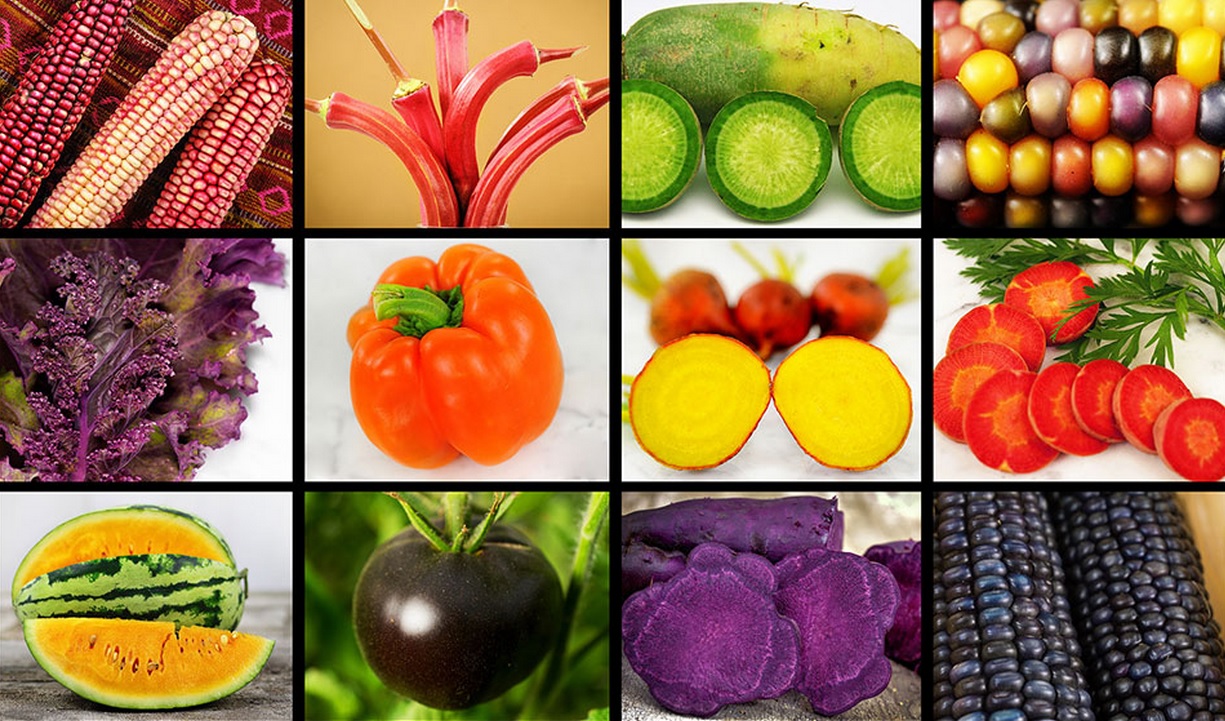
(3/2016) As a gardener for many years, I must confess to having little understanding of seed catalogs until recently. Generally, I would be enticed by the new exotic varieties or the sale options. This is some knowledge I feel I can pass along.
If youíve never received a seed catalog, you can go online to find lists of many kinds and select the ones you would like to view or receive a paper catalog from, most are free. Select companies in your geographic area, their selections will grow best in your garden. Think about making your first order small. Seeds come in packet sizes of grams, ounces and seed counts.
You will notice the most expensive seeds come in counted packets. Are they worth it? If like me you have a problem with a certain vegetable prone to diseases and low yields some of these specialty seeds may be right for you.
Be aware of descriptive terms in catalogs like "heirlooms taste best" some rare seeds are rare because they werenít so good. "Needs room to grow" do you have the space needed, "early maturing" some of these may not do well in cold, wet soil. Look for AAAWinners, all American varieties selected and rated by a nonprofit group for their performance. Terms like adaptable,
easy to grow, vigorous germination, high yielding, easy to hand harvest and bolt resistance are indicators of good characteristics.
There are basically two types of seeds Open Pollinated (OP) or Species: This is a variety that will come true to seed. If you would like to save the seed for next year, this is the one to look for.
Hybrid, F1 Hybrid or X in the name: This is cross of two pure-bred parents. The seeds will not come true the second year. All hybrid seeds are F1, first generation. There are F2 second generation hybrids; they can only be propagated vegatatively.
 OG organic seeds are certified organic subject to the standards of the USDA established in 2002. They must be grown by certified organic farmers, untreated or only treated with substances like microbial products which are on the National List of products allowed for
organic production. Organic farms are often small and often more diversified than their commercial counterparts, therefore they produce seed subject to overcoming more challenges and are often more dependable.
OG organic seeds are certified organic subject to the standards of the USDA established in 2002. They must be grown by certified organic farmers, untreated or only treated with substances like microbial products which are on the National List of products allowed for
organic production. Organic farms are often small and often more diversified than their commercial counterparts, therefore they produce seed subject to overcoming more challenges and are often more dependable.
Disease Resistance- Generally a catalog will have a letter code to identify diseases and list this code under the description of the seed, such as VFN for tomatoes; this means the seed is resistant to verticillium and fusarium wilts and nematodes. Look for a catalog that explains their abbreviations.
Growers Catalogs- These catalogs offer comparisons of seed viability, yields, days to harvest, flavor and ease of handling. Good things to know.
If you plan on planting peas or beans select a bush type and a climbing variety. The bush type provides an early harvest and the climber keeps producing. Be careful not to overplant pole beans as they are often very productive and require frequent picking.
Itís best to make a list of what you will need. If you take a look around your garden and think about the varieties that did well, your plant rotation and your layout, you can decide if there is room for any new varieties. If youíve never kept a garden journal this may be a good time to start one.
The presentation of plants in catalogs ranges from artistic, botanical, masterpieces to state of the art photography, plants are grown using the most enriched, expensive materials and the most ideal conditions, unlike most of our gardens. Keep this in mind.
Consider how much time you can give to your garden. Gardening should be an enjoyable experience, not a dreaded chore.
Read other articles on growing herbs or vegetables
Read other articles by Marlene Spinosa